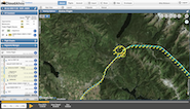
Debriefing Primer
Managing Risk in a Risky Environment
Monday, July 25th 1300 & Friday, July 29th 1300
EAA Education Center Oshkosh, WI
Airport operations account for a disproportionate number of accidents given the short amount of time pilots spend in their vicinity. What makes takeoff, climb, approach, and landing so dangerous? This clinic is focused on the risks associated with airport operations and how pilots can learn to recognize and mitigate the situations that lead to fatalities.
Expert
Charles Precourt
NAFI
The data is clear: takeoff, climb, approach, and landing account for a small portion of total flight time, but a disproportionate number of accidents, especially fatal ones. We’ll explore why pilots get themselves into unrecoverable situations close to the ground and at the edge of the aircraft’s performance envelope. We’ll discuss what can be learned from past mistakes and how pilots can manage the risks associated with this critical phase of flight.
Main Stage
45 mins
66 attendees
Expert
Charles Precourt
EAA
When was the last time you were proud of your takeoff? Approach and landing tend to receive most of the focus from pilots, but 300% more fatal accidents occur during the takeoff and climb. Most takeoffs are a non-event, but the aircraft is low and slow and flying near the bottom edge of the envelope. The margin for error is small and the risks are easy to overlook. Complacency creeps in and pretty soon an otherwise safe pilot puts themselves and their passengers on the edge of tragedy. This breakout will explore how takeoff and climb accidents occur and ways to avoid them.
Classroom A
45 mins
22 attendees
Expert
Ed Wischmeyer
E3
The danger of a base-to-final loss of control is something of which every pilot is aware, yet they keep happening. In this session, we will be reintroduced to base-to-final LOC-I, what it is, how and why it happens, and how to best to avoid them.
Classroom B
45 mins
22 attendees
Expert
Josh Harnagel
Redbird Flight Simulations
Reading accident reports and pursuing the NTSB database is a somewhat morbid pastime of many pilots, but how do we turn the data into actionable information that can help manage the risks of General Aviation? In the breakout, we will discuss what data is available, how it is generated, what it can teach us, and what its limitations are. We will explore how pilots can train themselves to recognize hidden risks before they materialize.
Main Stage
45 mins
66 attendees

Expert
PPC Flight Instructor Team
Scenario 1: “Envelope Discovery”
Description: Spend a few minutes getting used to flying the Redbird LD simulator in edge of the envelope situations.
Objective: Familiarization with flying the sim close to stall speed, at high angles of attack, and in takeoff and landing configurations in preparation for the following flight scenario exercises.
Scenario 2: “Just a Quick Trip Around the Patch”
Description: Fly a normal VFR traffic pattern in a busy environment.
Objective: Learn to recognize distractions, external pressures, and environmental conditions to identify potential causes of approach and landing accidents.
Scenario 3: “High, Hot, and Heavy”
Description: In a high density altitude environment while at max gross, perform a safe takeoff and climb…if you can
Objective: Experience the conditions that might lead to a stall/settle event for the purpose of identifying contributing factors and sharpening recognition abilities.
Scenario 4: “Impossible Turn”
Description: Let’s not mince words … you’re going to lose your engine during takeoff and it’s not coming back.
Objective: Learn to anticipate engine failure on each flight and determine how best to maximize safety while still on the ground.
Flight Simulation Center
45 mins
22 attendees
Supporting reference material
EAA PPC 2022 Volunteer Team

Hartzell Propeller
Program Leadership

Community Aviation
Concept & Program Development

Redbird Flight Simulations
Concept & Program Development
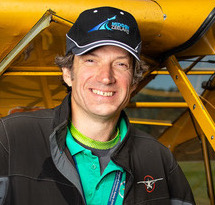
Jason Archer
Program Development & Execution

Mindstar Aviation
Simulation Software and Nav Data

SAFE
Flight Instruction

NAFI
Flight Instruction

CloudAhoy
Pilot Debriefing

Jeppesen
Navigation Data
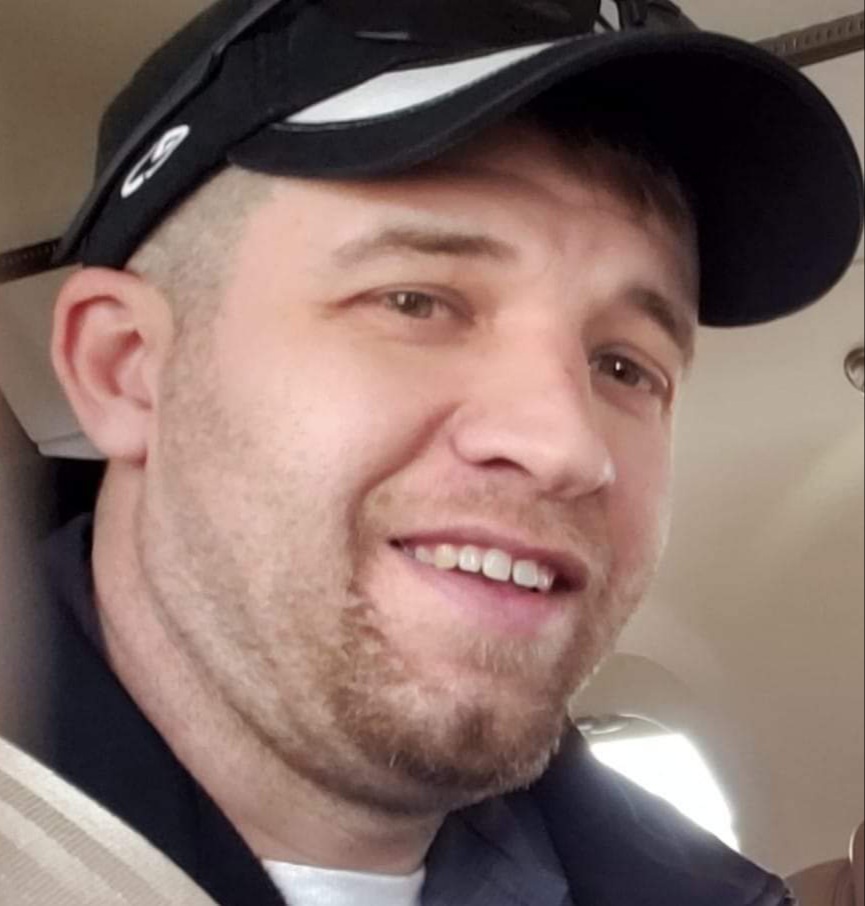
John Morgan, Jr.
Program Operations

John Gibson
Program Operations
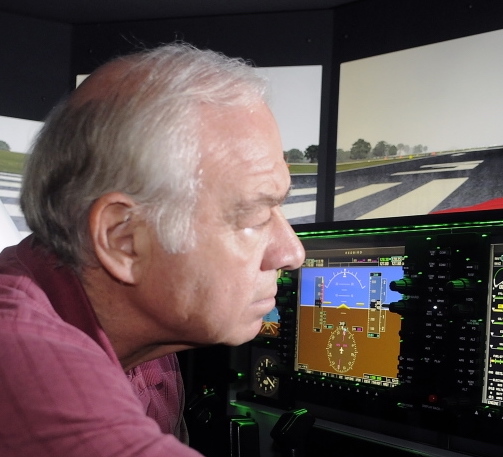
Greg Jolda
Flight Simulation Testing
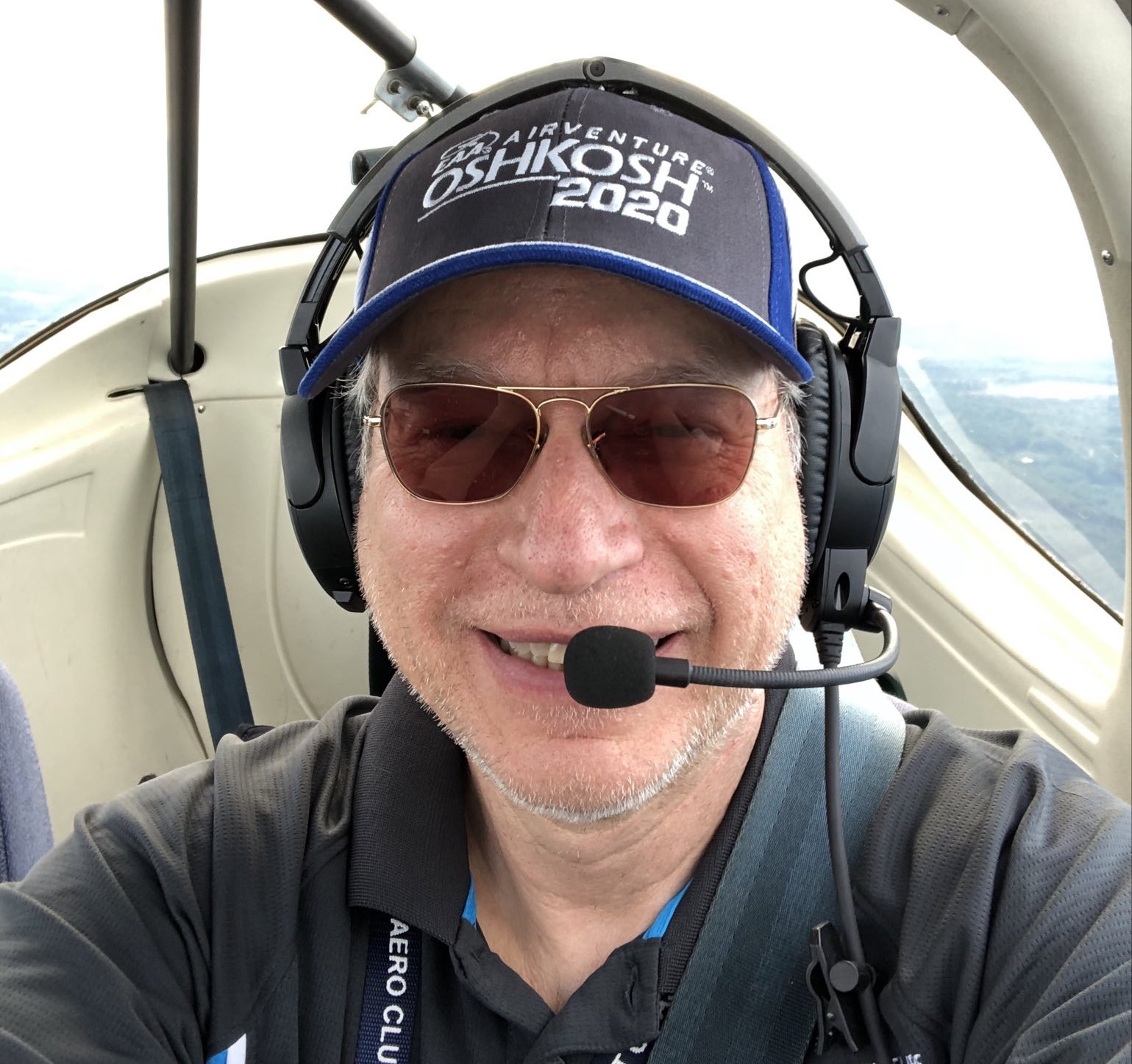
Nate Weinsaft
Flight Simulation Testing
The Art of IFR
Instrument Flight
Doug Stewart

Learn to Turn
Antidote for LOC-I
Rich Stowell

Stick & Rudder Redux
Fundamentals of Flight
Mike Goulian

CFI to CFI
Flight Instruction
Karen Kalishek

Killer Procedures
Managing Risk
Charles Precourt

EAB Test Flight Experience
Proven Test Flying Methods
Tom Charpentier

Backcountry Awareness
Noting the Differences
John McKenna
